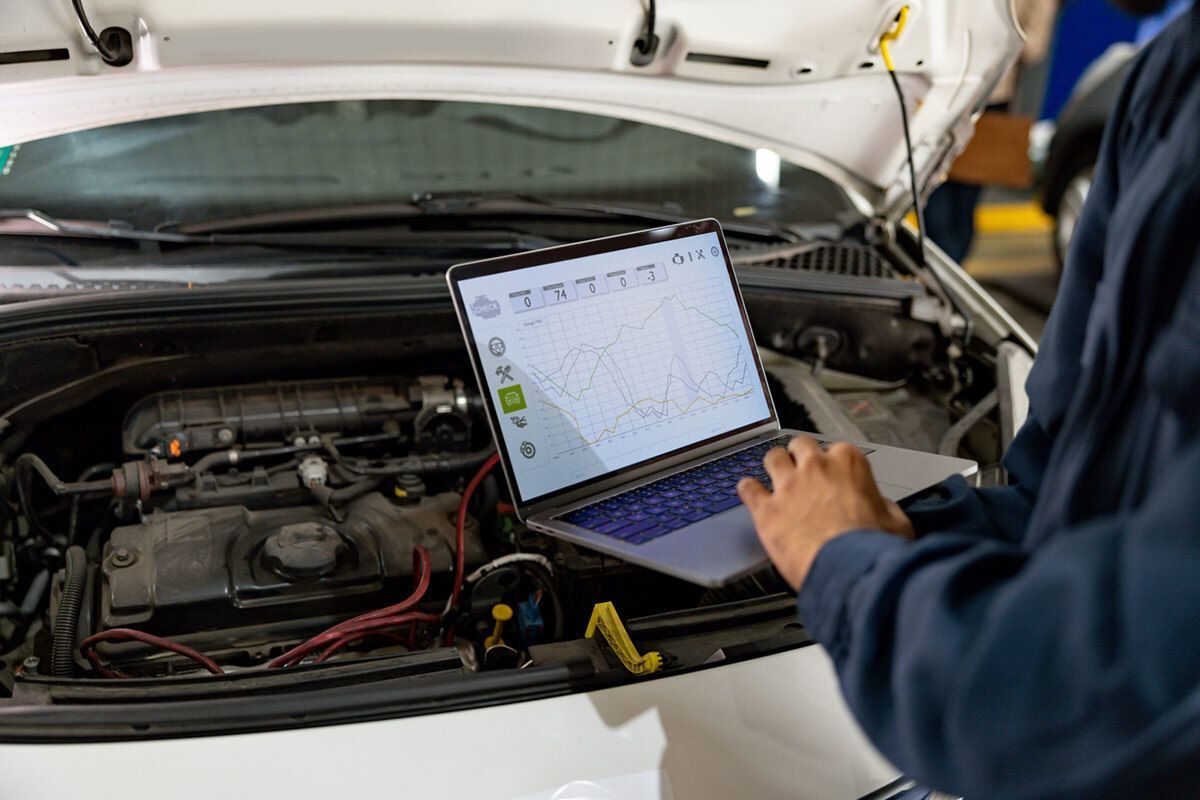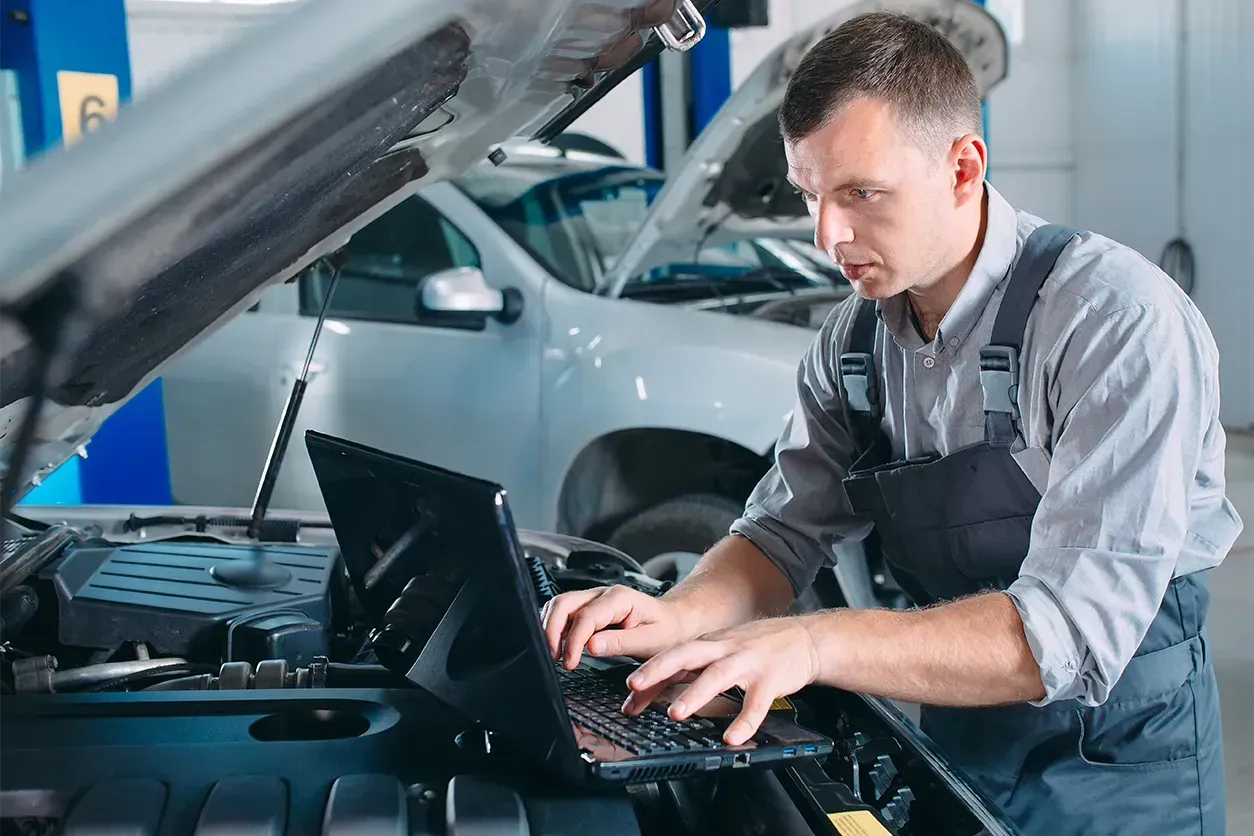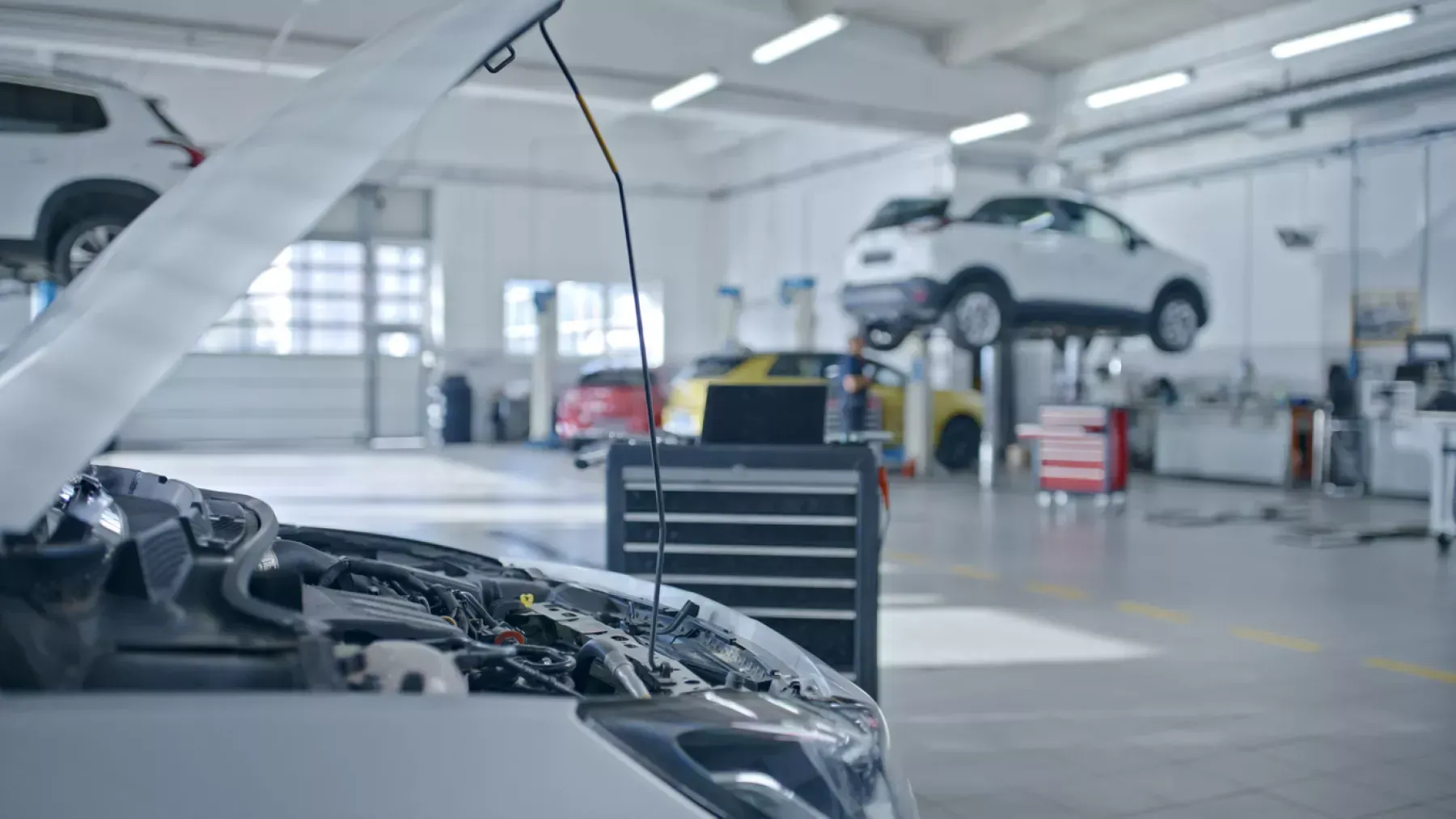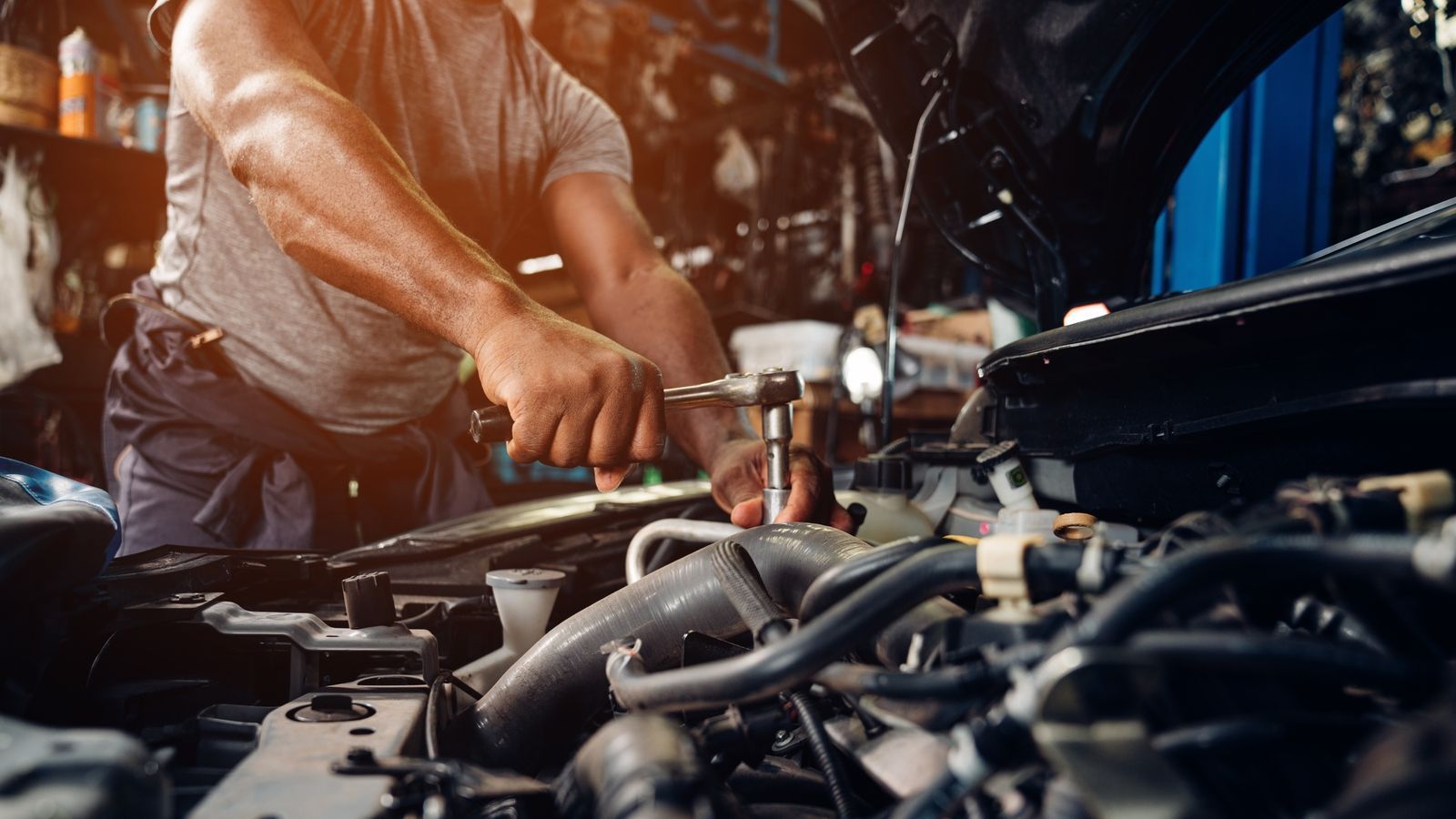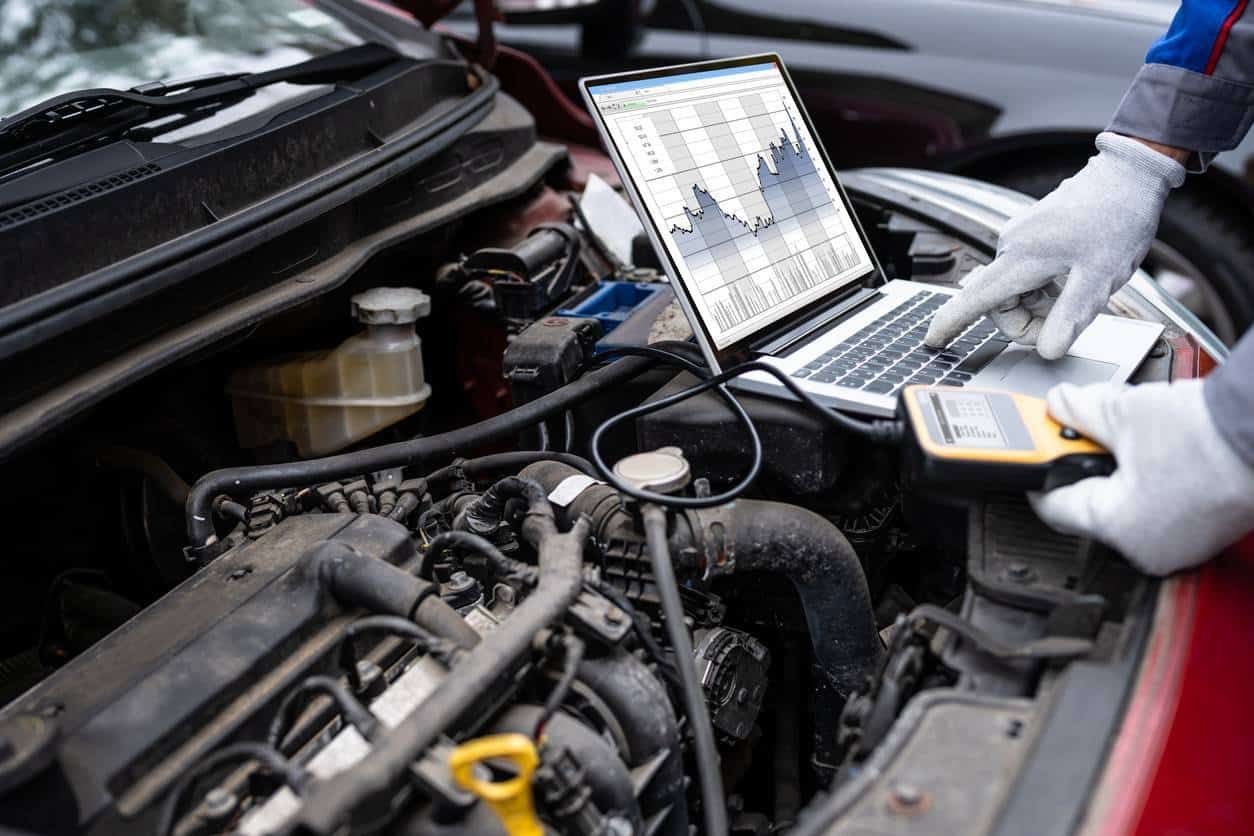What Is Limp Home Mode? A Complete & Comprehensive Guide
If you’re driving your car on a regular basis, then it is important to be aware of the various safety features that are built into your vehicle. Understanding the warning signs on your dashboard is a good starting point, where it is helpful to be able to recognise if your car is in need of professional care and attention.
Limp home mode is a key safety feature found in virtually all modern vehicles. If an issue is detected, this mode will activate, simultaneously protecting your vehicle and allowing you to get to a safe place and seek repairs.
Understanding how this mode can activate and how you should proceed can help to keep you safe out on the road. Read on to find out more about limp home mode, with a look at what it means and the steps you should take to protect your vehicle.
What is Limp Home Mode?
Limp home mode is a safety feature in modern cars that allows you to continue driving, albeit at a reduced performance level, when a serious fault is detected. It's essentially a way for your car to protect itself from further damage while allowing you to reach a safe location, like a garage, for repairs.
When the car's onboard computer detects a critical issue, such as problems with the engine, transmission, or emissions system, it activates limp home mode. This triggers a series of actions to limit the car's performance in order to prevent further damage.
In limp home mode, you might experience:
Reduced engine power and speed: You'll likely notice a significant decrease in acceleration and your car may struggle to maintain its usual speed.- Limited acceleration: Putting your foot down on the accelerator might not have the usual effect, and overtaking or hill climbing could become difficult.
- Deactivation of non-essential systems like air conditioning: The car might temporarily disable comfort features to prioritise essential engine functions.
- Warning lights on the dashboard: The engine warning light or other warning lights related to the specific fault will likely be illuminated.
- Unusual engine noises: You might hear unusual noises from the engine, such as knocking or misfiring.
The specific actions taken by the car will vary depending on the nature of the fault. For example, if a problem with the transmission is detected, the car might lock into a single gear to prevent further damage.
When a car enters limp home mode, your vehicle’s ‘check engine’ dashboard warning light may turn on, letting you know that an issue has been found.

Importantly, limp home mode is not a permanent solution, so it's crucial to get your car inspected by a mechanic as soon as possible. Ignoring the warning signs and continuing to drive in limp home mode could lead to more serious damage and costly repairs.
Issues that May Trigger Limp Home Mode
A range of issues could trigger limp home mode to activate in your vehicle. Some common causes include:
Engine Troubles
Problems within the engine itself are a common culprit. This could include anything from a faulty sensor, such as the mass airflow sensor or oxygen sensor, to issues with the fuel system, like a malfunctioning fuel pump or clogged injectors. Even a misfiring spark plug can sometimes be enough to trigger limp home mode.
Transmission Problems
The transmission is responsible for transferring power from the engine to the wheels, and any faults here can be critical. Issues like low transmission fluid levels, a malfunctioning solenoid, or problems with the clutch can all activate limp home mode. The car might limit gear changes or even lock into a single gear to prevent further damage.
Emissions System Faults
Modern cars have sophisticated emissions systems to reduce pollutants. If the car detects a problem with components like the catalytic converter, exhaust gas recirculation (EGR) valve, or diesel particulate filter (DPF), it might enter limp home mode to prevent further damage to the system or excessive emissions.
Turbocharger Issues
For cars with turbocharged engines, problems with the turbocharger itself, such as a damaged impeller or faulty wastegate, can also trigger limp home mode. This is because a malfunctioning turbocharger can cause serious engine damage if not addressed.
Other Potential Triggers
While the above are some of the most common causes, other issues can also activate limp home mode. This could include problems with the electronic throttle control, issues with the cooling system, or even a faulty brake light switch in some cases.
Ultimately, limp home mode is a complex system, and the specific triggers can vary depending on the make and model of your car. If your car enters limp home mode, it's crucial to get it diagnosed by a qualified mechanic to identify and resolve the underlying issue.
How You Should Respond
If you notice that your car is suddenly in limp home mode, then it is important to respond correctly. Here's how you should proceed:
Don't panic: Limp home mode is designed to give you time to get to safety. Stay calm and assess the situation.- Identify the warning signs: Look for warning lights on the dashboard, unusual engine noises, or changes in performance like reduced power or limited acceleration.
- Find a safe location: Carefully pull over to the side of the road or find a safe place to stop as soon as possible.
- Consult your owner's manual: Your car's manual will provide specific information about limp home mode and any recommended actions.
- Check for obvious issues: If you're comfortable, check for obvious problems like low fluid levels or loose connections. However, avoid attempting any major repairs yourself.
- Call for assistance: If you can't identify the issue or are unsure what to do, call a breakdown service or a qualified mechanic for assistance.
- Don't ignore it: Limp home mode is a warning sign that something is wrong with your car. Don't ignore it or continue driving for extended periods, as this could lead to further damage.
- Get it diagnosed: As soon as possible, take your car to a trusted mechanic to diagnose and repair the underlying fault.
Williams Technicians: Limp Home Mode Solutions for Your Vehicle
If your car’s limp home mode warning light has appeared, our skilled mechanics can quickly diagnose the issue, identify the root cause, and provide efficient repairs. We’ll ensure that limp home mode has served its purpose, allowing you to protect your vehicle from further damage and reach a safe resting point.
If your car is stuck in limp mode,
contact our reliable mechanics for support. We’ll be able to advise you on your next steps, ensuring that any damage to your vehicle is kept to a minimum.


